ESL Lesson Plan Template Based on a Gradual Release of Responsibility Model
The Gradual Release of Responsibility Model (GRR)—also known as the "I Do, We Do, You Do" framework—has become the foundation of every lesson plan I create. It provides a structured way to shift responsibility from the teacher to the students, ensuring they gain the skills and confidence they need to succeed. Every lesson I design follows this essential structure. The gradual release model also gives me time to observe and conference with students during their independent work, pull a small group for extra support, build student autonomy, and foster academic conversations during the "We Do" stage.
***Disclaimer: In this blog, the terms ESL students (English as a Second Language), ELLs (English Language Learners), and ML (Multilingual Learners) are used interchangeably. While “Multilingual Learners” is becoming the more widely accepted term, “ESL students” and “English Language Learners” are still commonly used in various contexts. My aim is to be inclusive and clear to all readers, regardless of the terminology they are familiar with.
1. Connection: Activating Prior Knowledge in ESL Classroom
Before diving into new content, I always connect the lesson to students' prior knowledge, the previous lesson, or their personal experiences. For English learners (ELs), making meaningful connections is crucial for engagement and comprehension. This might involve:
- A quick review of yesterday’s lesson
- A discussion about students’ personal experiences related to the topic
- A question that sparks curiosity
2. Teach: Setting the ESL Language and Content Objective
Next, I clearly state the learning objective: "Today, I want to teach you…" Being explicit about the goal ensures students know exactly what they’re expected to learn and accomplish. For ELLs, I often provide both an academic version and a simplified version of the objective, ensuring accessibility for all proficiency levels. I usually write the goal of the lesson on the board, framed in the first person, such as: "I will be able to..." or "I can..." to help students take ownership of their learning.
3. Model (I Do): Explicit Instruction in ESL classroom
This phase is where I take center stage, providing direct instruction and modeling the skill or concept. Whether it's writing, reading, or phonics, I think aloud, demonstrate strategies, and introduce key vocabulary. I usually say something like: "Watch me as I…" or "Listen as I read…" to draw students' attention to the modeling process.
During this stage, I use a variety of visuals, realia, and Total Physical Response (TPR) to make learning concrete. For example, when I’m modeling the thinking process, I might tap my finger to my head to show that I am thinking. If I’m modeling how to sound out a word, I may tap each sound on my fingers, showing students the strategy for breaking down and blending the sounds.
This multisensory approach ensures that visual learners, kinesthetic learners, and auditory learners all have a chance to engage with the material.
- Example in Writing Workshop: I model how to label a photograph, demonstrating the process of identifying key elements and writing appropriate labels.
- Example in Word Study Workshop: I show how to match CVC words with corresponding pictures, sounding them out as I go.
- Example in Reading Workshop: I read aloud a passage and model how to decode unfamiliar words using phonics strategies.
4. Active Engagement (We Do Together): Guided Practice in ESL Classroom
This is where the magic happens—collaborative learning! In this phase, students practice the skill with teacher support. This step is essential for ELs, as they need structured opportunities to speak, listen, read, and write with their peers. I usually say: "Now it is your turn to try it." or "Let’s practice together."
- Example in Writing Workshop: The class works together to create a shared text about a photograph/ writing prompt I provide sentence starters or a word bank to support students at different proficiency levels.
- Example in Vocabulary Study Workshop: We practice sorting nouns and verbs using a pocket chart or interactive whiteboard.
- Example in Word Study Workshop: Students work in small groups, taking turns sounding out words and matching them to pictures.
5. Independent Practice (You Do): Application in ESL Setting
At this stage, students apply their learning independently, demonstrating their understanding. I tell them: "Now you will work on your own, and I will be here if you need me." This stage is crucial for ELLs because it reinforces their ability to work independently and apply what they have learned.
- Example in Writing Workshop: Depending on their proficiency, students either:
- Simply label a picture
- Write simple sentences using a sentence frame
- Write a structured paragraph
- Build a sentence using visual cards and building mat
- Example in Word Study Workshop: Students work independently to match CVC words to pictures on their own.
- Example in Reading Workshop: Students read a passage and match words to corresponding images without teacher support.
6. Closure & Reflection: Reinforcing Learning
At the end of the lesson, we come back together to reflect on what we’ve learned. This can be as simple as:
- Thumbs up/down/in-between to show confidence in their learning
- Pair-share where students discuss one or two things they learned
This structured, scaffolded approach provides English learners with the support they need while gradually increasing independence. It ensures that every student receives the modeling, guided practice, and opportunities they need to become confident readers and writers.
Check out this blog post for more examples of GRR during phonics instruction in ESL classroom.
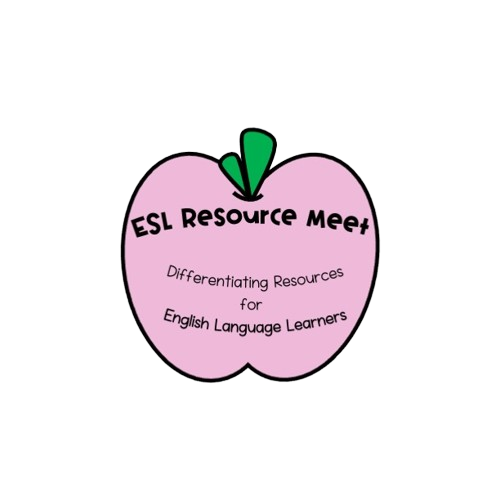









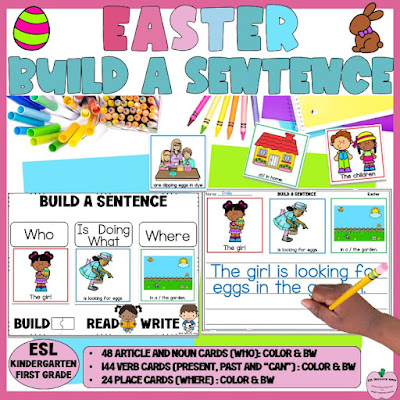







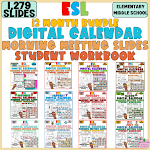


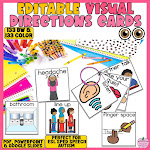





































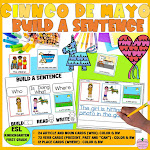







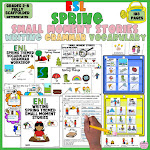




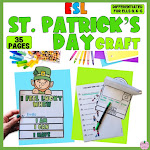
















































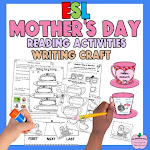
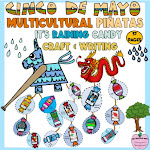
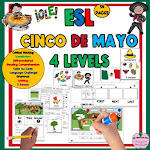
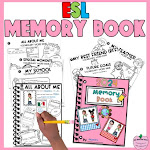




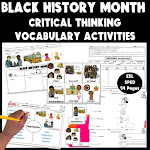
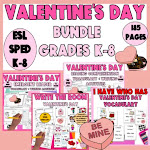


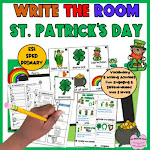
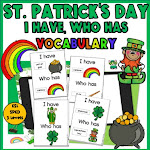
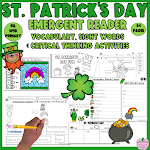



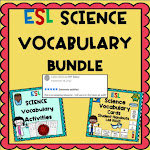




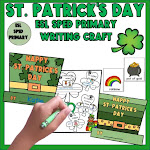

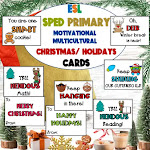
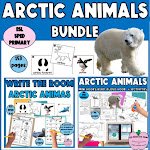

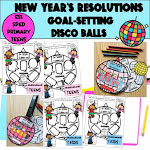
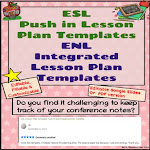




0 Comments